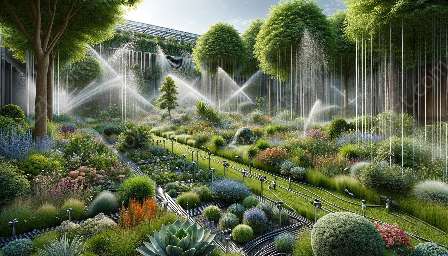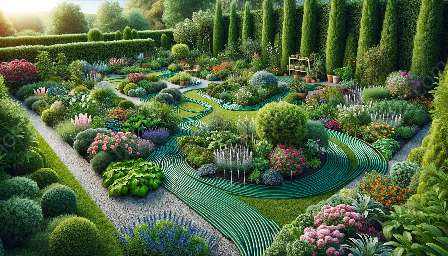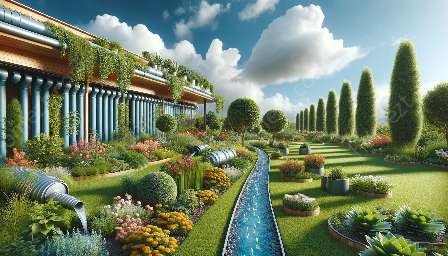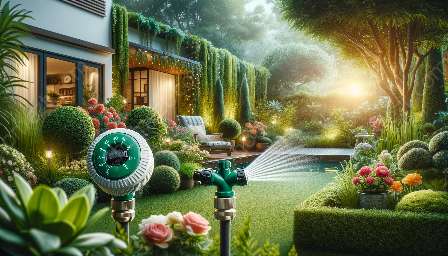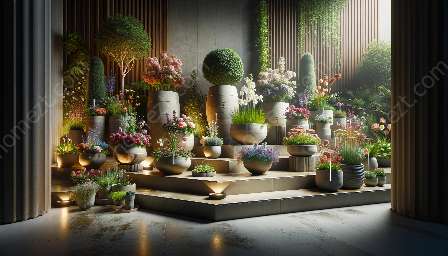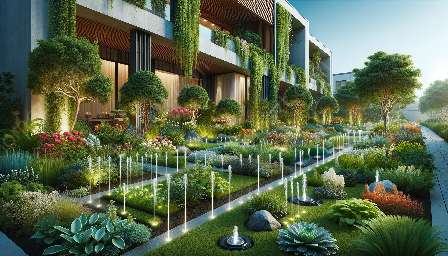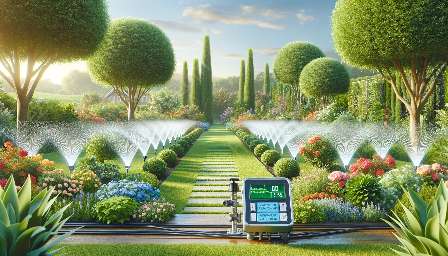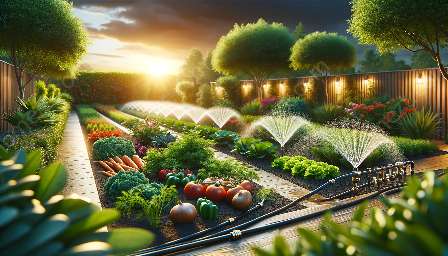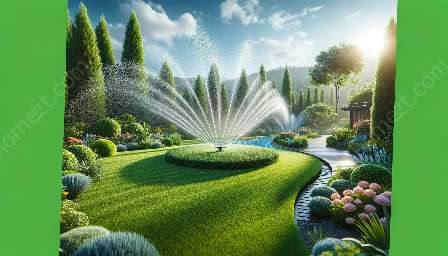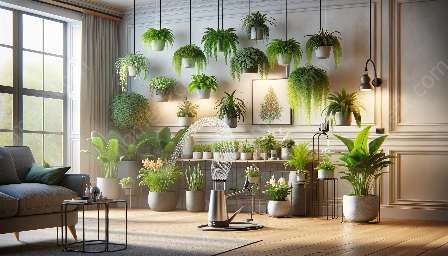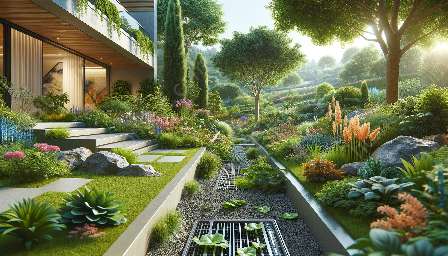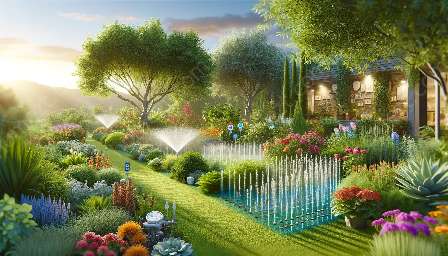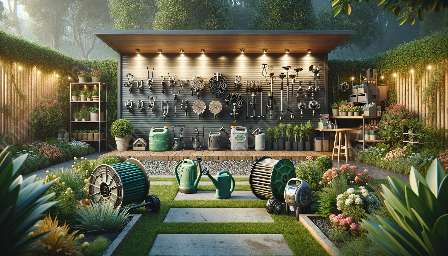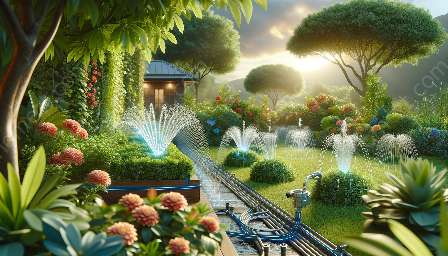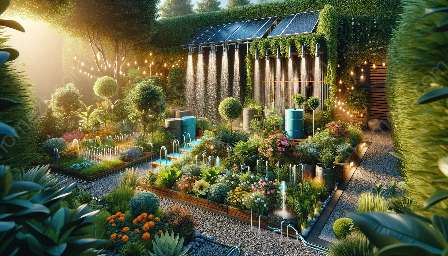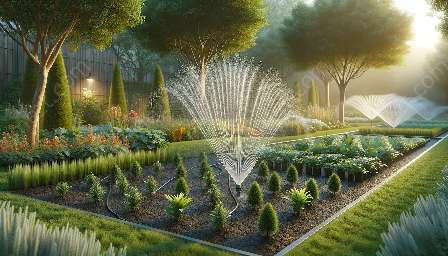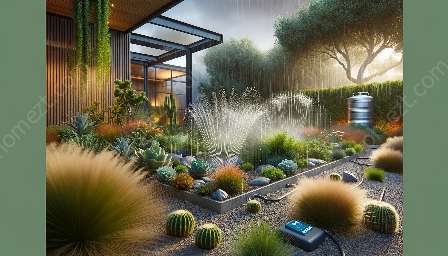Welcome to our comprehensive guide to watering houseplants. In this guide, we will explore the best watering techniques for indoor plants, as well as valuable tips for maintaining a healthy, vibrant indoor garden. From understanding the watering needs of different plants to effective watering tools and methods, we've got you covered.
Understanding the Watering Needs of Houseplants
Before we delve into specific watering techniques, it's important to understand the individual watering needs of different houseplants. Factors such as the plant species, size, potting mix, and environmental conditions all play a crucial role in determining how much and how often a plant should be watered.
Assessing Soil Moisture
One of the most effective ways to determine when a houseplant needs to be watered is to assess the moisture level of the soil. Inserting a finger into the soil up to the first knuckle can give you a good indication of whether the plant needs water. If the soil feels dry at this depth, it's likely time to water the plant.
Choosing the Right Watering Method
When it comes to watering houseplants, there are several methods that can be employed. The most common methods include bottom watering, top watering, and misting. Each method has its own advantages and is best suited for specific types of houseplants.
Effective Watering Tools
Having the right watering tools can make a significant difference in the health and vitality of your indoor plants. From watering cans with narrow spouts for precise watering to self-watering systems for busy plant parents, there are a variety of tools and gadgets available to make the watering process easier and more effective.
Tips for Watering Success
Here are some valuable tips to ensure success when watering your houseplants:
- Use room temperature water: Avoid using extremely cold or hot water, as it can shock the plant roots.
- Water from the base: When possible, water the plant at the base to avoid wetting the leaves, which can lead to fungal issues.
- Monitor humidity levels: Indoor plants may benefit from higher humidity levels, especially during the winter months when indoor air tends to be drier.
- Observe and adjust: Keep an eye on your plants and adjust your watering schedule and methods based on their individual needs and changing environmental conditions.
Gardening and Landscaping Considerations
Watering houseplants is just one aspect of maintaining a thriving indoor garden. In addition to watering, consider other important factors such as light, temperature, fertilization, and pest control to ensure the overall health and vitality of your plant collection.
Choosing the Right Potting Mix
The type of potting mix used for houseplants can greatly impact their water retention and drainage. Explore different potting mixes based on the specific needs of your plants and their watering requirements.
Integrated Watering Systems
For larger indoor gardens and landscaping projects, consider integrating automated or self-watering systems to ensure consistent and efficient watering. These systems can help maintain ideal moisture levels and reduce the need for frequent manual watering.
Conclusion
With the right watering techniques and a solid understanding of the individual needs of your houseplants, you can create a lush and thriving indoor garden. By considering factors such as soil moisture, watering tools, and gardening and landscaping considerations, you can enjoy the beauty and benefits of a healthy indoor plant collection.

